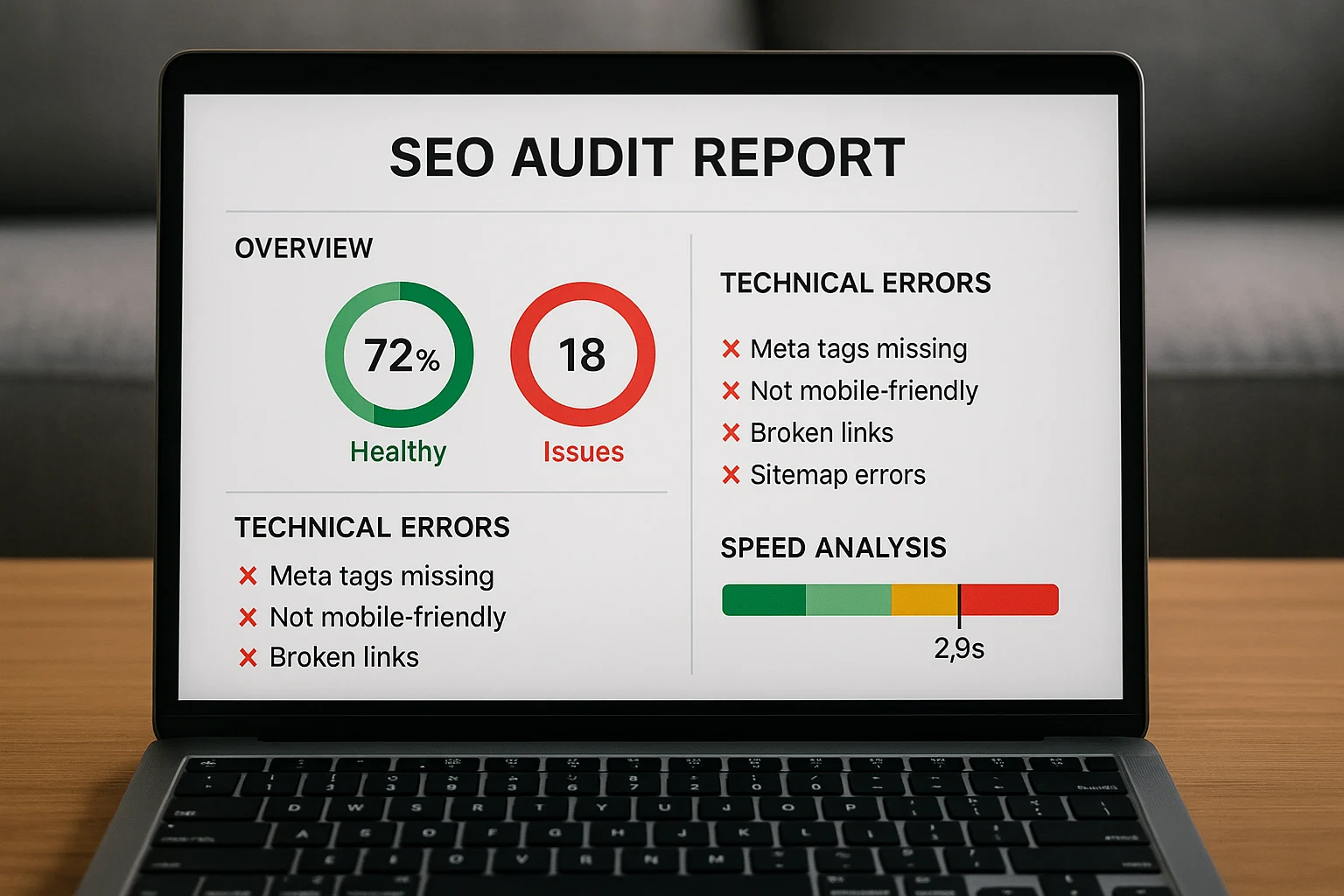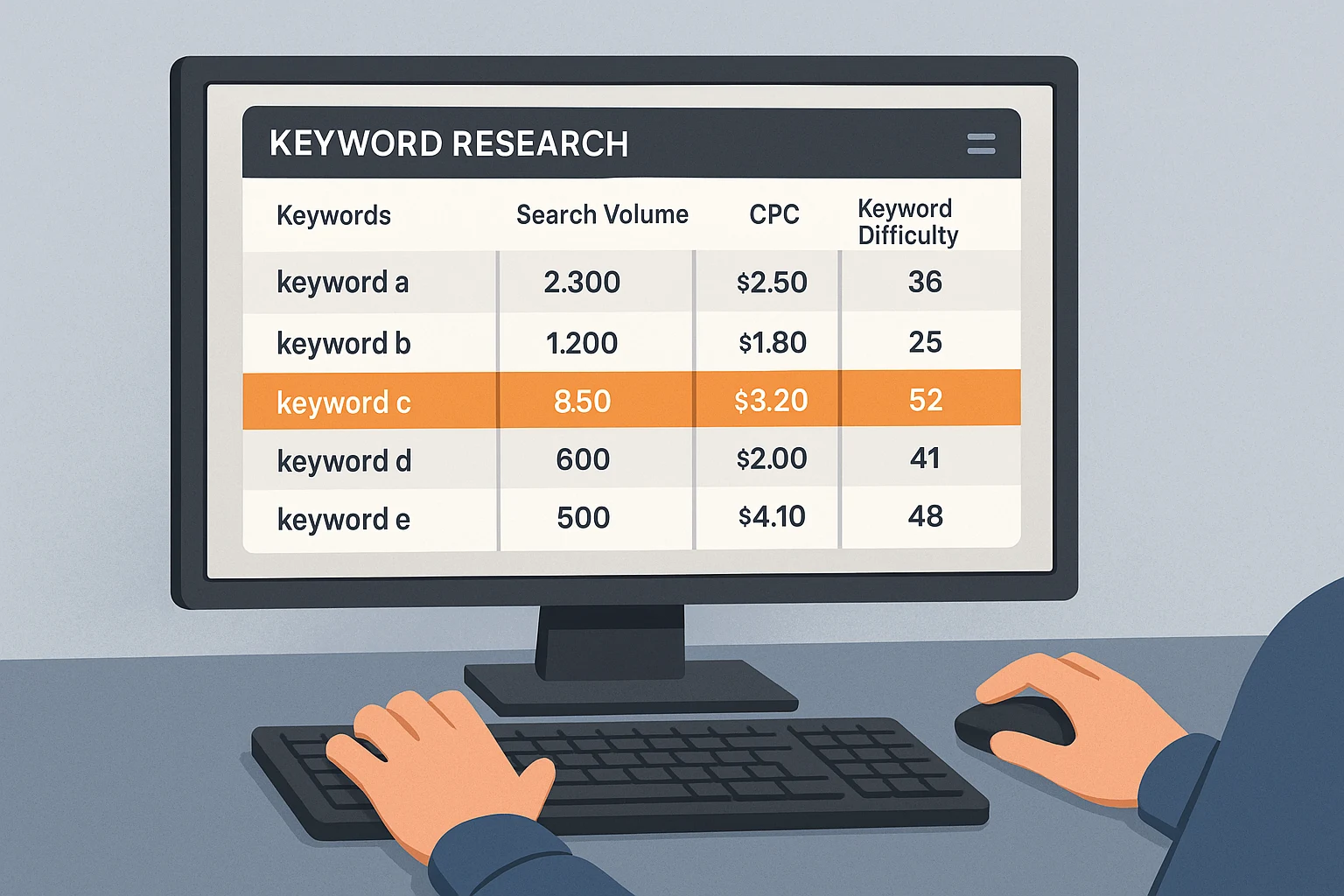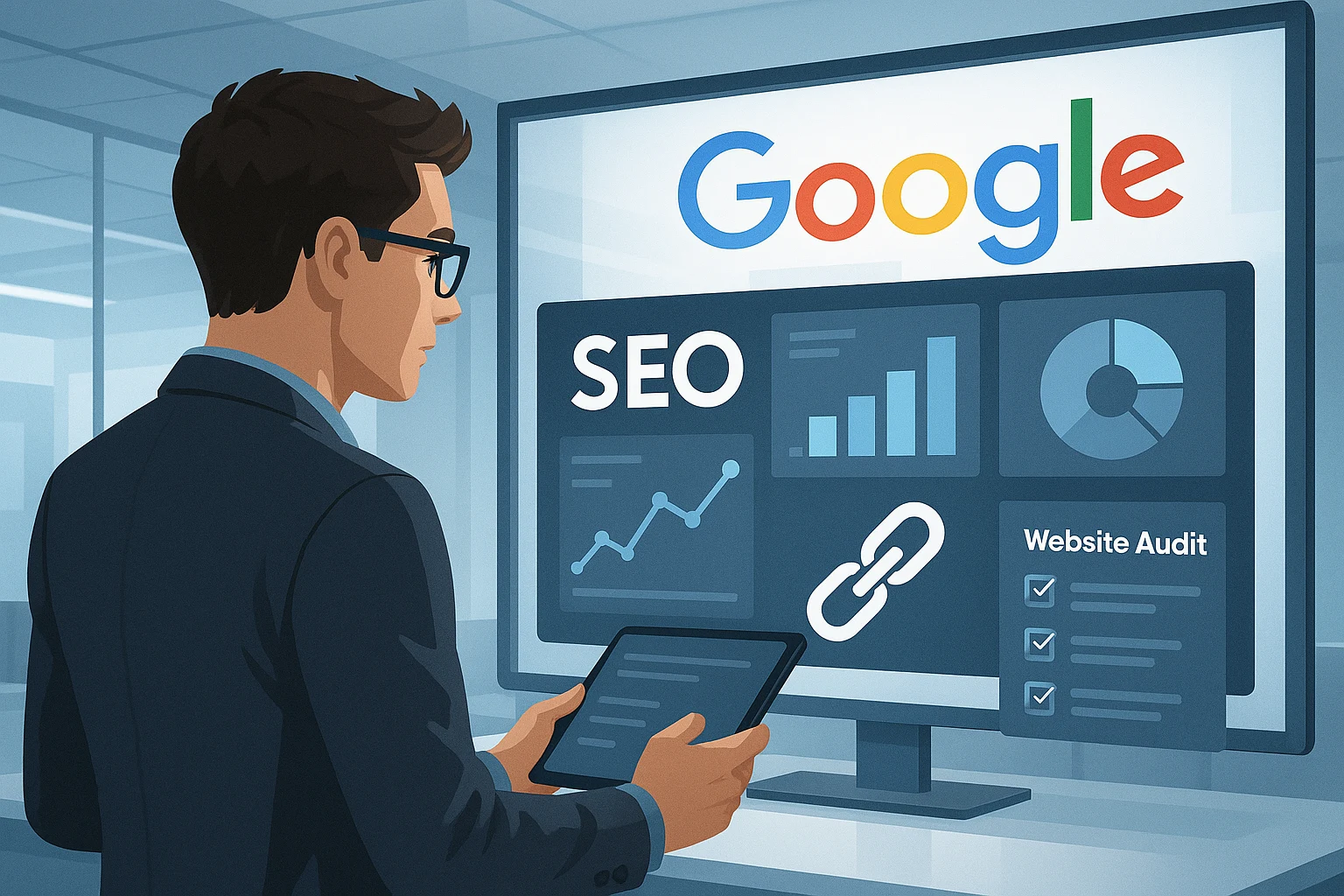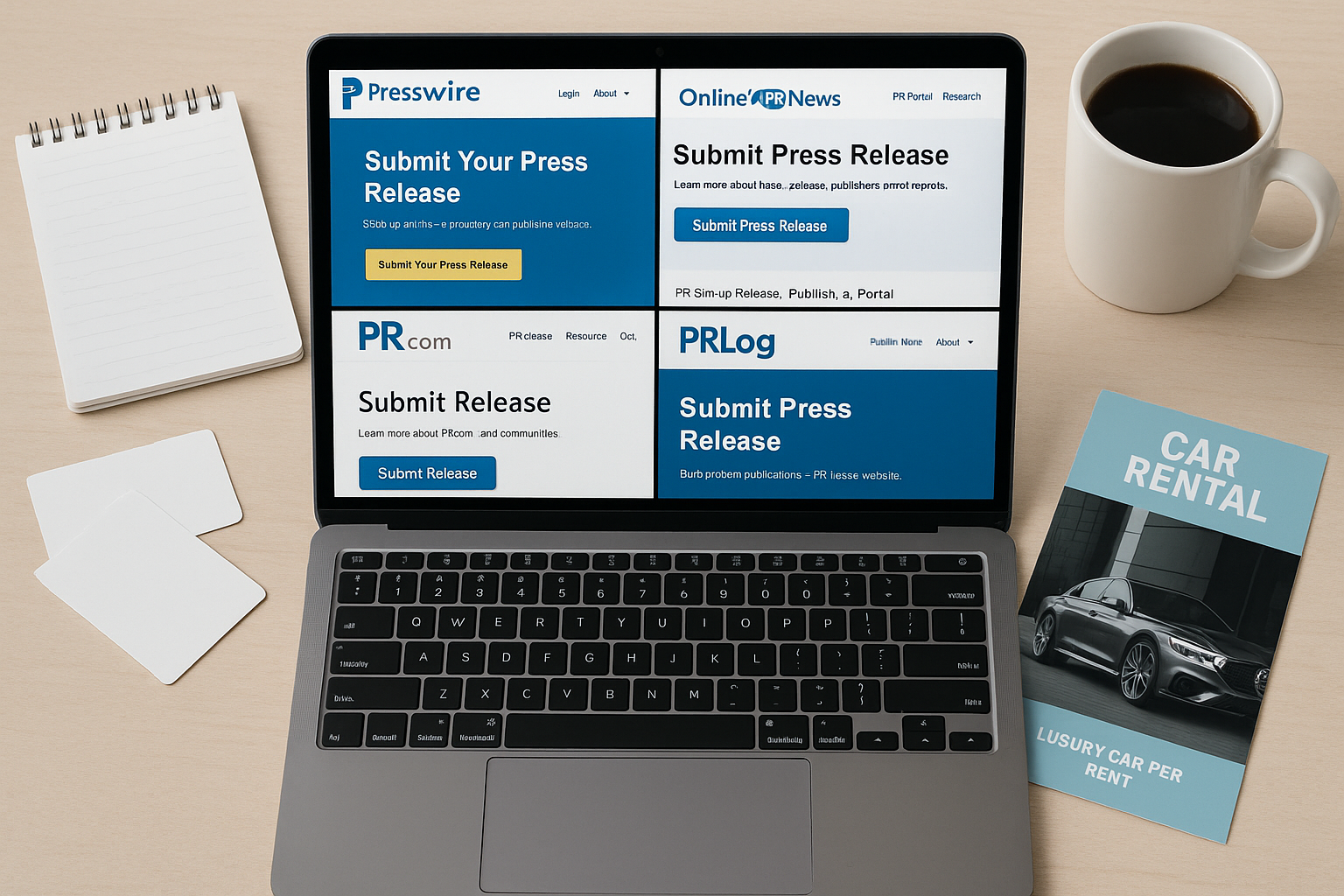8 Steps to Rank #1 on Google in 2025: Proven SEO Guide for Massive Traffic Growth
Most people think that ranking #1 on Google is all about stuffing keywords or installing SEO plugins — but in 2025, that’s just one piece of the puzzle. With over 24 years in digital marketing, I’ve developed a practical, results-driven strategy to consistently push websites to the top of search results. This step-by-step guide will walk you through the exact process — from technical audits to backlink opportunities and content updates — that can help your site explode with organic traffic and dominate Google rankings this year.
With over 24 years of experience in digital marketing, I’ve tested, failed, succeeded—and finally refined—what actually moves the needle. This 8-step SEO guide breaks down exactly what you need to do to claim the top spot on Google. Let’s dive into the step-by-step process.
Table of Contents
ToggleStep 1: Start with a Comprehensive SEO Site Audit

Before you create new content or build links, perform a full technical SEO audit. Use a tool like Ubersuggest to uncover:
Broken links or pages
Duplicate titles and meta descriptions
Low word count pages
Slow loading speeds
Uncrawlable pages
Why is this important? If Google can’t properly crawl your site, even the best content won’t rank. A site audit gives you a prioritized checklist based on what’s most likely to impact your traffic. Fix the high-impact issues first, and you’ll see improvements faster.
Step 2: Outrank Your Competition, Not Just Google
SEO is not a battle against Google—it’s a race against your competitors.
With tools like Ubersuggest, you can monitor your competitors’:
Backlinks
Ranking keywords
New content uploads
This insight lets you reverse-engineer what works, so you can build better versions. If your competition ranks with 1,000-word articles, create a 1,500-word guide that’s more helpful, better formatted, and backed by recent data.
Step 3: Target Low-Difficulty, High-Value Keywords

Not all keywords are created equal. Smart keyword research focuses on:
Low SEO Difficulty (easy to rank)
High Cost Per Click (CPC) (keywords that drive conversions)
If advertisers are paying high CPCs, it’s likely those keywords convert well. When those same keywords are low in difficulty, it’s a golden opportunity—especially for small businesses and new websites.
Use Ubersuggest to identify these sweet-spot keywords and build content around them.
Step 4: Use AI Strategically (But Not for Writing Entire Articles)
AI tools like ChatGPT are powerful—but using AI to write full articles is a SEO mistake in 2025.
In a recent experiment with 744 articles:
Half were AI-written (with human edits)
Half were fully human-written
The human-written articles received 5x more traffic.
Why? Because Google rewards E-E-A-T: Experience, Expertise, Authority, and Trust. AI can’t replicate human storytelling, lived experiences, or real opinions. Use AI to:
Generate content ideas
Improve grammar and tone
Translate or repurpose content
But when it comes to your main content, stick to human writing for long-term SEO success.
Step 5: Build Backlinks Using Competitor Gaps
Backlinks still matter—a lot. Use the Backlink Opportunities Report in Ubersuggest to find sites that:
Link to multiple competitors
But don’t link to you
These are your best targets. If they link to several competitors, they’re open to linking to good content—regardless of brand.
Use Ubersuggest’s Backlink Opportunity Report.
Find websites that link to 3+ of your competitors but not to you.
Pitch better, more updated content to these domains.
Now, create better and more comprehensive content, then reach out with a personalized pitch email (AI like ChatGPT can help draft it). Focus on value, not just the link.
Step 6: Increase Branded Searches Across Channels
One of the most overlooked SEO signals is branded search volume—when people type your brand or website name directly into Google.
To increase branded searches:
Promote your content via email, social media, and SMS
Be active on multiple platforms (omnichannel marketing)
Stay consistent with your branding
Studies show that users interact with a brand 11+ times before making a purchase. The more people see your name and search for you, the more Google trusts and boosts your content.
Step 7: Refresh Old Content Regularly
Don’t let your top-performing content go stale.
Open Google Search Console, find pages with declining traffic, and update them. Look for:
Outdated stats or facts
Missing subtopics
Poor formatting
Google loves freshness—that’s why Wikipedia dominates search. Even small updates can result in big traffic recoveries.
Update your content every few months to stay competitive and relevant in your niche.
Step 8: Avoid Critical SEO Mistakes
Lastly, make sure you’re not sabotaging your own SEO with these mistakes:
Publishing multiple pages on the same topic (keyword cannibalization)
Poor internal linking structure
No logical content hierarchy
Think of your website like a library: everything should be organized into categories and subcategories. For example:
Marketing (Main Category)
SEO (Subcategory)
Link Building (Sub-subcategory)
This structure helps Google understand your site better—and rewards you with better rankings.
Final Thoughts
Ranking #1 on Google in 2025 isn’t about gaming the system—it’s about building trust, authority, and user value. If you follow these eight steps with discipline and consistency, your chances of hitting the top spot increase dramatically.
So what are you waiting for? Start with your site audit, update old posts, research high-converting keywords, and always keep your content useful, relevant, and human.


